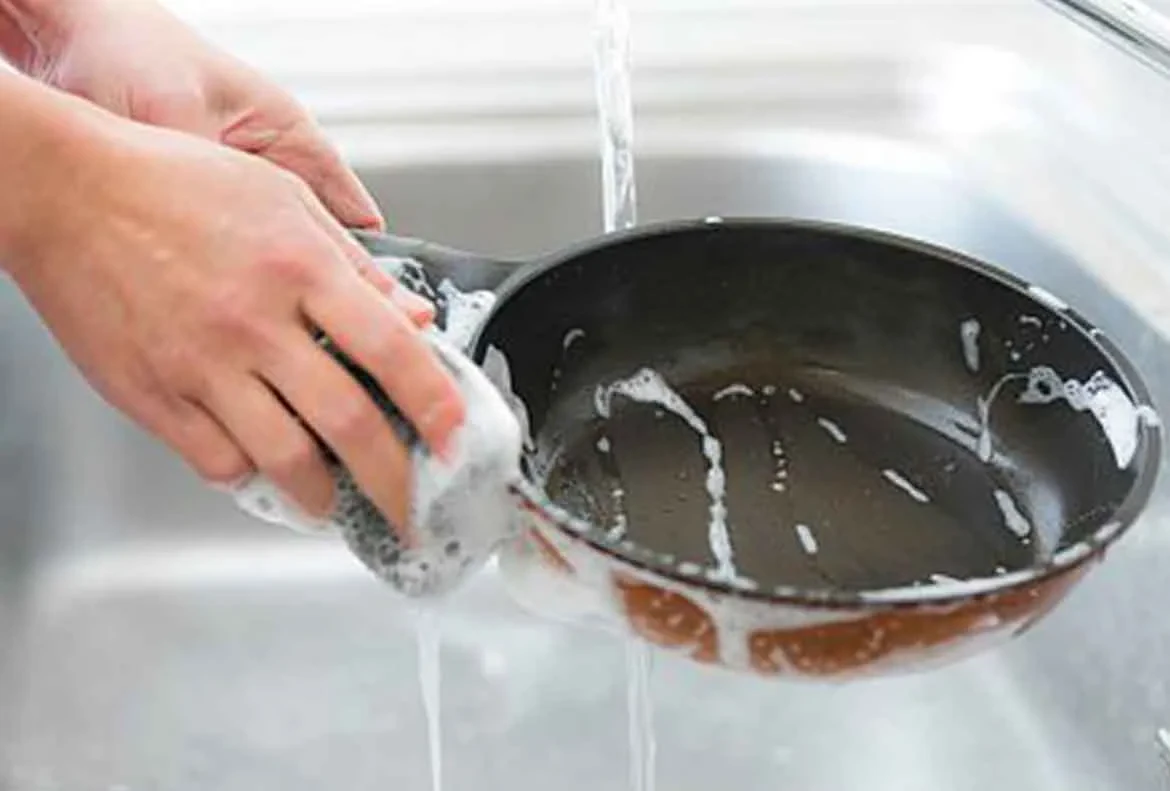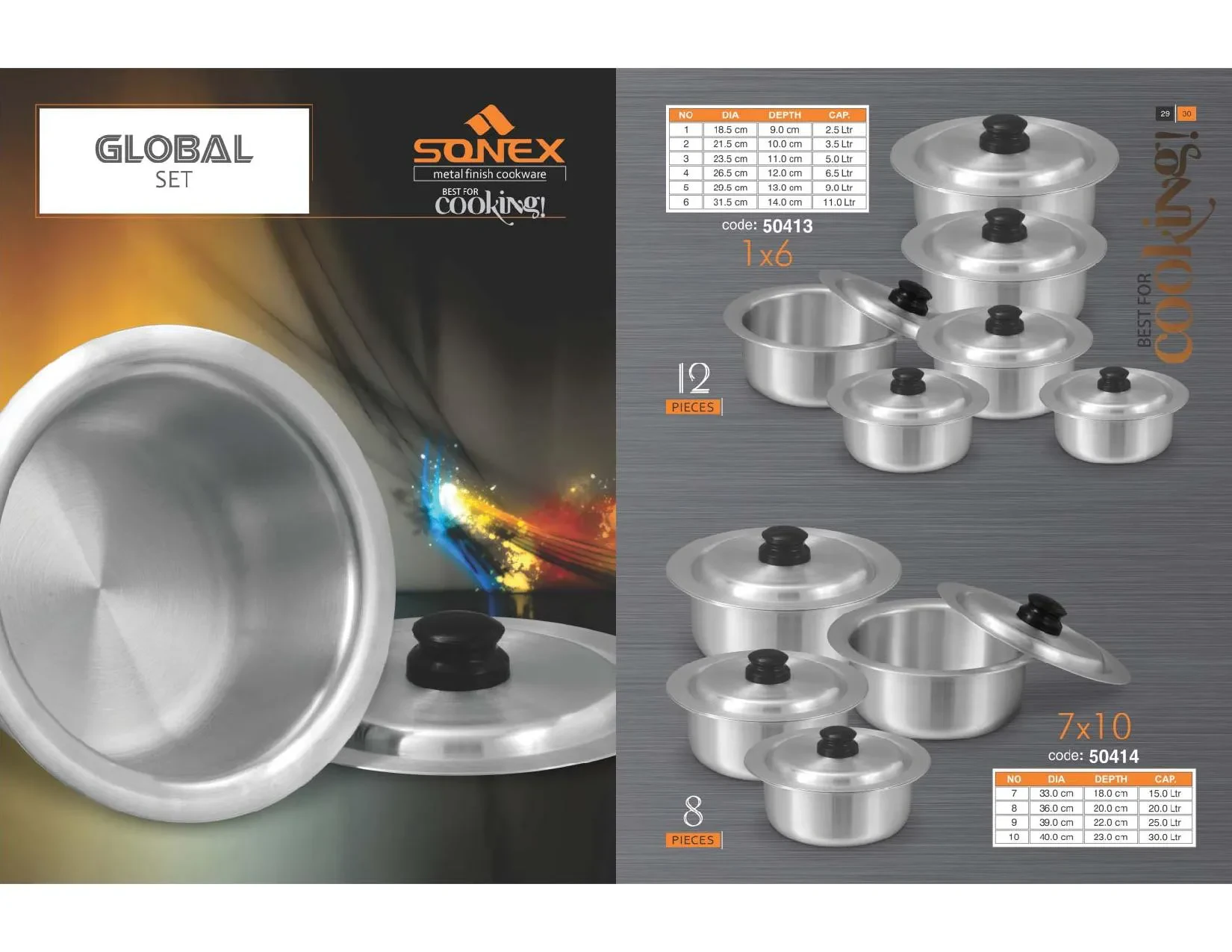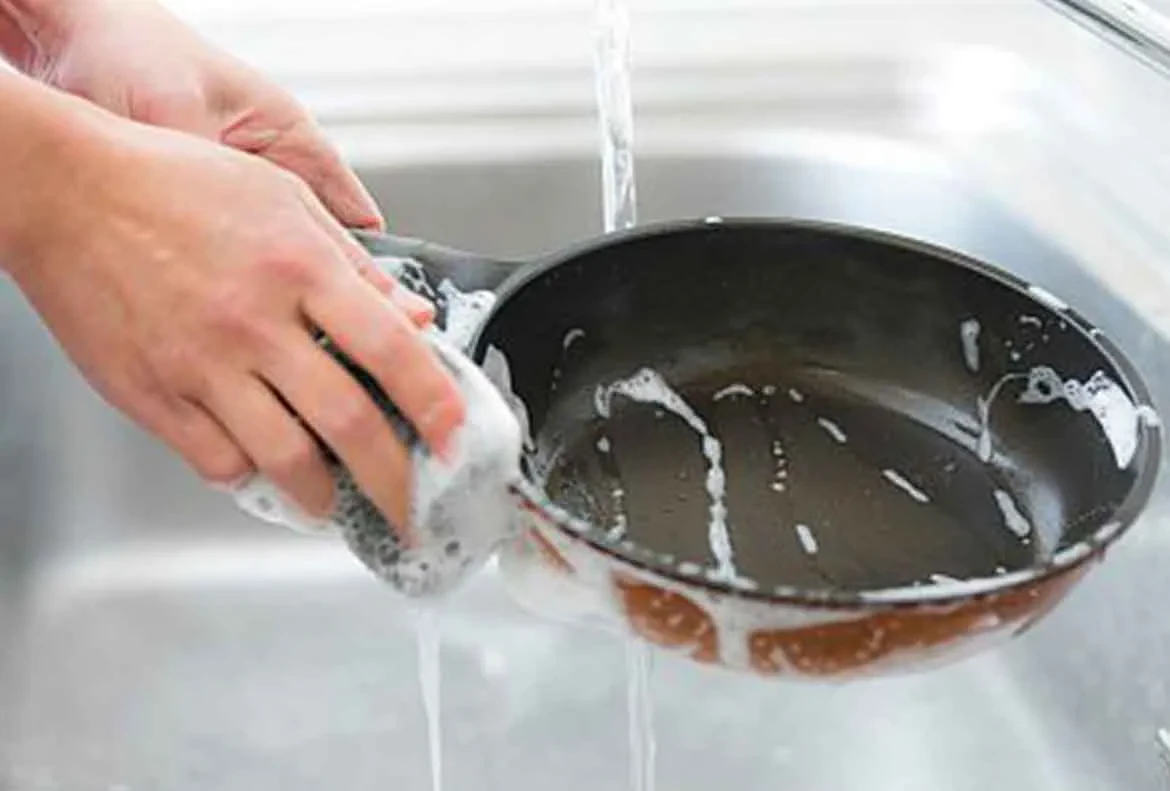So, you’re eyeing Sonex diecast cookware? Good choice! It’s a popular option, and for good reason. But before you click ‘buy,’ let’s dive into the details to see if it’s the perfect fit for your culinary adventures.
Sonex cookware is known for its distinctive diecast construction. Unlike some other cookware that’s made by stamping or pressing metal, diecast cookware is created by pouring molten metal into a mold. This creates a thicker, heavier pan with superior heat distribution. This even heating is a game changer when it comes to cooking consistently delicious meals. Say goodbye to hot spots and hello to perfectly browned meats and evenly cooked vegetables!

One of the main selling points of Sonex is its non-stick coating. This makes cooking and cleaning a breeze. You can easily flip delicate pancakes, whip up omelets without sticking, and say goodbye to stubborn food residue. However, it’s crucial to remember that even the best non-stick coatings need some TLC. Gentle cleaning with non-abrasive sponges and avoiding metal utensils will significantly extend the life of your non-stick surface.
Pros and Cons of Sonex Diecast Cookware
Pros:
- Excellent heat distribution for even cooking
- Durable and long-lasting construction
- Non-stick surface for easy cooking and cleaning
- Often oven-safe (check individual product specifications)
- Stylish and modern design
Cons:
- Can be heavier than other types of cookware
- Higher initial cost compared to some other brands
- Non-stick coating can wear down over time with improper care
- May not be suitable for all types of cooktops (check compatibility)
The weight of Sonex pans is a point of discussion. Some people find the added weight a plus, adding stability and a feeling of quality. Others might find it cumbersome. It really comes down to personal preference and what you’re comfortable handling.

Cleaning your Sonex cookware is pretty straightforward. Most can be safely washed in the dishwasher, but hand washing with a soft sponge and mild detergent is often recommended to prolong the life of the non-stick coating. Avoid abrasive cleaners and scouring pads, as these can scratch the surface.
Before buying, always double-check if your Sonex cookware is compatible with your stovetop. While many are suitable for gas, electric, and ceramic cooktops, some might not be compatible with induction cooktops. Make sure to check the product specifications to avoid any disappointment.
The price point of Sonex diecast cookware generally sits in the mid-range to higher-end category. While the initial investment might be more significant compared to cheaper alternatives, the durability and performance often justify the cost, offering a long-term investment for your kitchen.
When comparing Sonex to other brands, consider factors like the specific features, the materials used, the warranty offered, and of course, the price. Reading online reviews from other users can also provide valuable insights before making a purchasing decision.

Overall, Sonex diecast cookware offers a compelling blend of durability, even heating, and non-stick performance. The added weight might not suit everyone, and the initial cost is a factor to consider. However, if you value quality and performance, and you’re willing to pay a little more, Sonex could well be the perfect cookware for your kitchen.
Remember to always check specific product details and customer reviews before you buy. Happy cooking!

